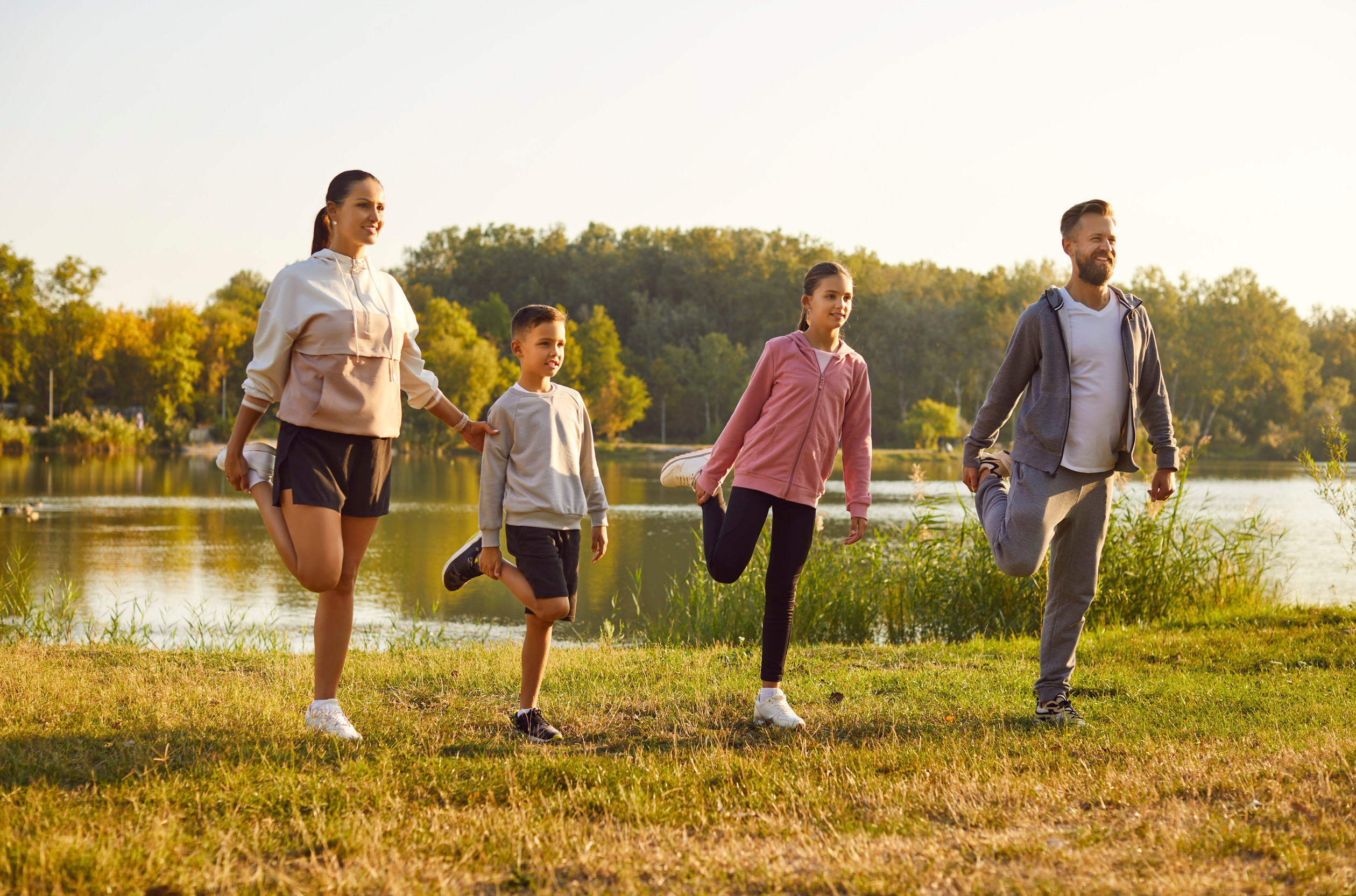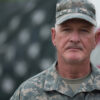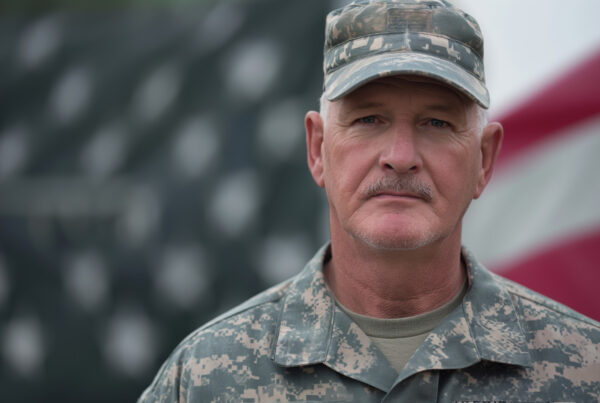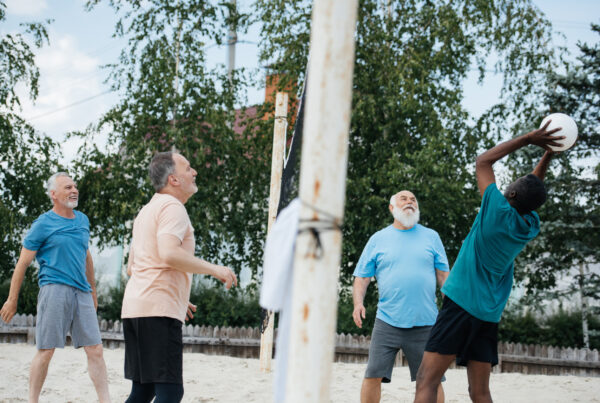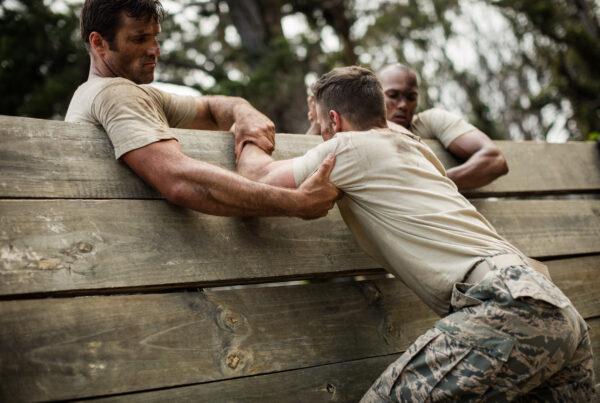”Question: How can the modern military and Veteran community exercise this summer without UV related health risks?
Reading time: 6 Minutes
MWi Hack:
- Schedule your outdoor workouts before 10 AM or after 4 PM to automatically avoid 80% of the day’s most damaging UV radiation while still getting all the benefits of sunshine and fresh air
MWi Summary:
- Time it right: Exercise before 10 AM or after 4 PM to avoid peak UV radiation hours when the sun’s rays are most intense and damaging.
- Cover up smart: Wear lightweight, long-sleeved UPF-rated clothing, wide-brimmed hats, and UV-protective sunglasses to create physical barriers against harmful rays.
- Apply sunscreen properly: Use broad-spectrum SPF 30+ sunscreen applied 15-30 minutes before exercise, reapplying every two hours or more frequently when sweating heavily.
- Stay hydrated and watch for heat signs: Drink water before, during, and after outdoor activities while monitoring for heat exhaustion symptoms like excessive sweating, weakness, or dizziness.
- Make it a family habit: Establish sun protection routines for military families, especially children whose skin is more sensitive to UV damage and childhood sunburns increase lifetime cancer risk.
Summer brings extended daylight hours, warm weather, and the perfect opportunity to take fitness routines outdoors. For military service members, Veterans, and their families, outdoor exercise is often a cornerstone of maintaining physical readiness and mental well-being. However, the same sunshine that makes outdoor activities enjoyable can pose significant health risks if proper precautions aren’t taken.
Understanding UV Radiation and Its Impact
The sun emits ultraviolet (UV) radiation in two primary forms that reach Earth’s surface: UVA and UVB rays. UVA rays penetrate deep into the skin, contributing to premature aging, wrinkles, and skin cancer development. UVB rays primarily affect the skin’s surface, causing sunburn and playing a key role in developing skin cancer. Both types can damage DNA in skin cells, leading to mutations that may result in melanoma and other forms of skin cancer.
Military personnel face unique challenges when it comes to sun exposure. Extended field training exercises, deployment to sunny climates, and the culture of outdoor physical training create situations where UV exposure is both intense and prolonged. Veterans often carry forward these exercise habits, continuing to prioritize outdoor fitness activities that may increase their cumulative sun exposure over time.
The Health Benefits Worth Protecting
Despite UV risks, outdoor exercise offers substantial benefits that shouldn’t be abandoned. Sunlight exposure helps the body produce vitamin D, essential for bone health, immune system function, and mood regulation. Fresh air and natural environments can reduce stress, improve mental health, and enhance the overall exercise experience. The varied terrain and conditions of outdoor workouts often provide superior functional fitness benefits compared to indoor alternatives.
The key lies in finding the right balance—maximizing these benefits while minimizing health risks through smart sun safety practices.
Timing Your Outdoor Workouts
The intensity of UV radiation varies significantly throughout the day. UV rays are strongest between 10 AM and 4 PM, when the sun is highest in the sky. Military PT sessions traditionally occur in the early morning hours, which provides natural protection from peak UV exposure. Veterans and family members should consider adopting similar timing for their outdoor exercise routines.
Early morning workouts, typically before 10 AM, offer cooler temperatures and reduced UV intensity. Evening sessions after 4 PM provide similar benefits. When midday exercise is unavoidable, seek shaded areas whenever possible, such as tree-covered trails or areas with natural or artificial shade structures.
Essential Sun Protection Gear
Proper clothing serves as the first line of defense against UV radiation. Lightweight, long-sleeved shirts and long pants made from tightly woven fabrics offer excellent protection without sacrificing comfort during exercise. Many athletic clothing brands now offer UV-protective fabrics with UPF (Ultraviolet Protection Factor) ratings. Dark colors generally provide better protection than light colors, though they may absorb more heat.
Wide-brimmed hats protect the face, neck, and ears—areas often overlooked but particularly vulnerable to sun damage. For those preferring caps, choose styles with neck flaps or consider wearing additional neck protection. Sunglasses with UV protection safeguard the eyes and the delicate skin around them, reducing the risk of cataracts and other eye damage.
Sunscreen: Your Chemical Backup
When physical barriers aren’t sufficient, sunscreen becomes essential. Choose broad-spectrum sunscreens with at least SPF 30 that protect against both UVA and UVB rays. Apply generously 15-30 minutes before sun exposure, using approximately one ounce for full body coverage. Reapply every two hours, or more frequently if sweating heavily or swimming.
Water-resistant formulas work better during intense exercise, but remember that no sunscreen is completely waterproof. Pay special attention to commonly missed areas like the ears, feet, and back of the neck. Lip balm with SPF protection prevents painful and potentially dangerous sun damage to this sensitive area.
Hydration and Heat Considerations
Sun exposure increases the risk of heat-related illnesses during exercise. Maintain proper hydration by drinking water before, during, and after outdoor activities. Monitor for signs of heat exhaustion, including excessive sweating, weakness, nausea, and dizziness. If these symptoms occur, move to shade immediately and seek cooling measures.
Making Sun Safety a Family Priority
Military families often embrace outdoor activities together, making sun safety education crucial for spouses and children. Children’s skin is particularly sensitive to UV damage, and childhood sunburns significantly increase lifetime skin cancer risk. Establish family routines that include sun protection as a normal part of outdoor activities, not an afterthought.
Moving Forward Safely
Summer outdoor exercise can remain a healthy, enjoyable part of military and Veteran life with proper sun safety measures. By timing activities wisely, using appropriate protection, and staying vigilant about UV exposure, service members, Veterans, and their families can continue reaping the physical and mental benefits of outdoor fitness while protecting their long-term health. Remember that sun safety is not about avoiding the outdoors entirely—it’s about enjoying them responsibly for years to come.
Through our responsive content and dedicated support, MWi continues to serve the modern military and Veteran community by providing relevant, practical strategies for enhancing connection and wellness. Click below to see more articles:


